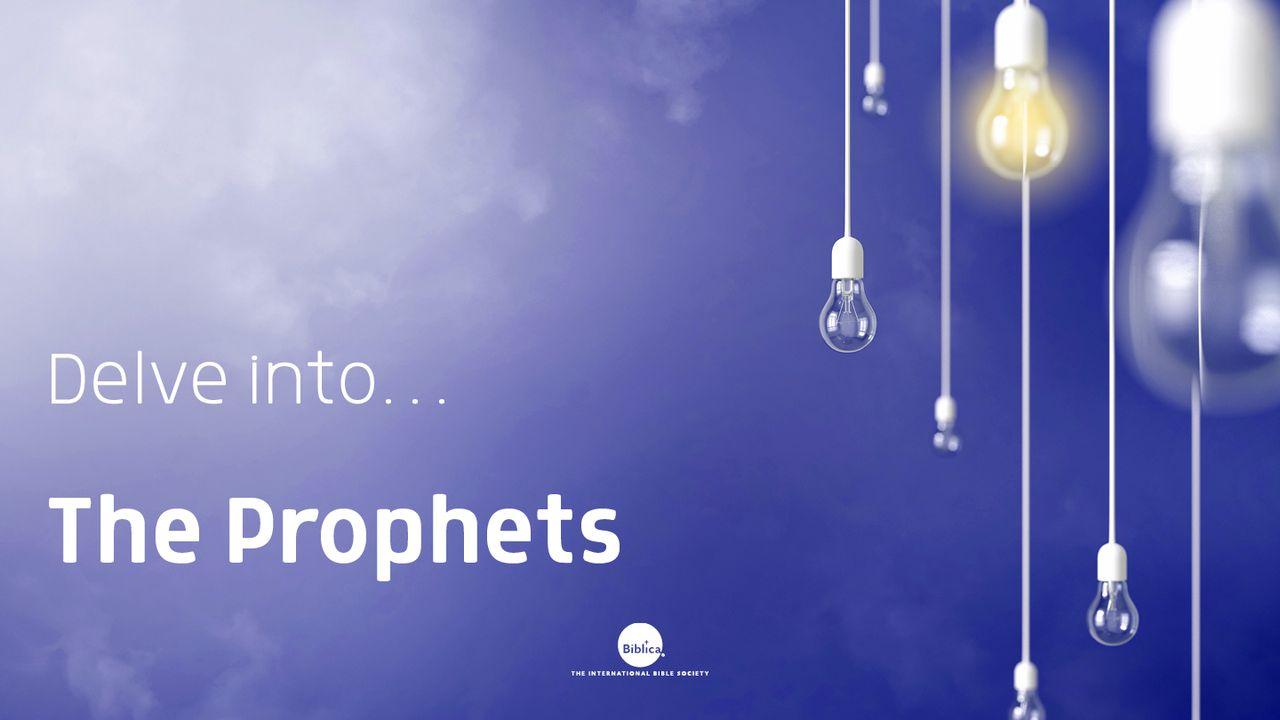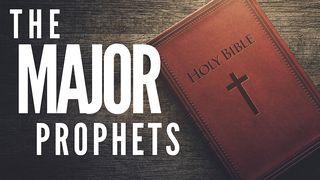Delve Into The ProphetsSample

DAY 10 – ISAIAH III
Over a hundred years, the Assyrian Empire slowly crumbled under the combined effects of palace coups, internal rebellions, and barbarian invasions. Its capital of Nineveh was finally destroyed in 612 BC by a Babylonian-led coalition. Babylon and Egypt then squared off. When Pharaoh Necho’s army was crushed at the battle of Carchemish in 605 BC, Babylon became the uncontested ruler of the region, and Judah came under its control. When Judah later refused to pay tribute, the Babylonians overran the country, exiling many of its leaders in 597 BC. Ten years later, after another rebellion, Jerusalem was destroyed, and much more of the population was exiled.
But this new Babylonian Empire lasted less than fifty more years. The Persian king Cyrus capped a string of victories by capturing the city of Babylon in 539 BC. In all the territories he conquered, Cyrus reversed the policy of the Assyrian and Babylonian empires and allowed exiled populations to return to their homelands. So as soon as they could anticipate his victory over the Babylonians, many of the exiled Judeans began to believe that the promises of their restoration might soon come true. The final two sections of the book of Isaiah speak to this historical situation.
In the seventh section of the book, in extended, lyrical oracles, the people are comforted that their “hard service has been completed”; the victories of Cyrus, the king God has raised up as a deliverer, are celebrated; and the Judeans are promised safe passage through the desert back home. The people who receive these oracles seem to have difficulty believing that this remarkable change in their fortunes can and will happen. They’re thus challenged to abandon the powerless idols of Babylon and renew their faith in the true God, who has willed this historical transformation and will bring it to pass. The later oracles in this section introduce the figure of the “servant.” This figure’s identity is complex. At times the servant is the prophet himself, who says that the Lord “formed me in the womb to be his servant to bring Jacob back to him and gather Israel to himself.” But the servant is also the nation of Israel, which God has called to be a “light for the Gentiles”: “Israel, my servant, Jacob, whom I have chosen, you descendants of Abraham my friend.” At times Cyrus himself also seems to be regarded as this servant. But the figure’s identity is deeper still. At one point he’s described as someone whose personal sacrifice for others will bring God’s forgiveness and healing: he will “bear the sin of many, and make intercession for transgressors.” While the prophet’s experiences in a skeptical and hostile community may be the starting point for the descriptions of the servant’s sufferings, these oracles ultimately anticipate a future savior, who will bring the people a spiritual deliverance vastly transcending even the marvelous national one they’re about to experience.
The eighth and final section of the book consists of oracles addressed to the situation of the community after its return from exile. The rebuilding of the city walls and of the temple are well under way. The people have their own rulers, but unfortunately these rulers need to be exhorted once again to maintain justice according to God’s laws. This section, and the whole book, culminates with the final repetition of a vision that has appeared several times before: Jerusalem will be rebuilt in splendor, and from it God’s glory will be proclaimed to all the nations.
This one book of the Bible thus speaks to two different historical situations, 150 years apart. Nevertheless, it presents a unified vision. It teaches that God will use conquest and exile to purify the people from complacency,
PRAYER: Thank You, Lord for sending Your Light into the world. Thank You for the Wonderful Counselor, Mighty God, Everlasting Father, Prince of Peace.
Scripture
About this Plan

The Old Testament of the Bible is broken into three major sections, the second of which is known as the Prophets. If you didn’t know that, imagine all of the other interesting things you’ll learn in this reading plan as you explore the purpose, context, and background of this fascinating and unique part of God’s Word.
More
We would like to thank Biblica for providing this plan. For more information, please visit: http://www.biblica.com
Related Plans

The Major Prophets

Made New

Imposter Syndrome: You Are Who God Says You Are

So Much: A 3-Day YouVersion Bible Plan

Finding Home

Time Enoughness: Rewiring Your Brain for a Grace-Paced Life

Marriage Is God's Design: Inspired by the Movie 'Back to Eden'

At Thy Word With Reverend Matthew Watley

Powerhouse: Your Toolkit for a Supernatural Life
